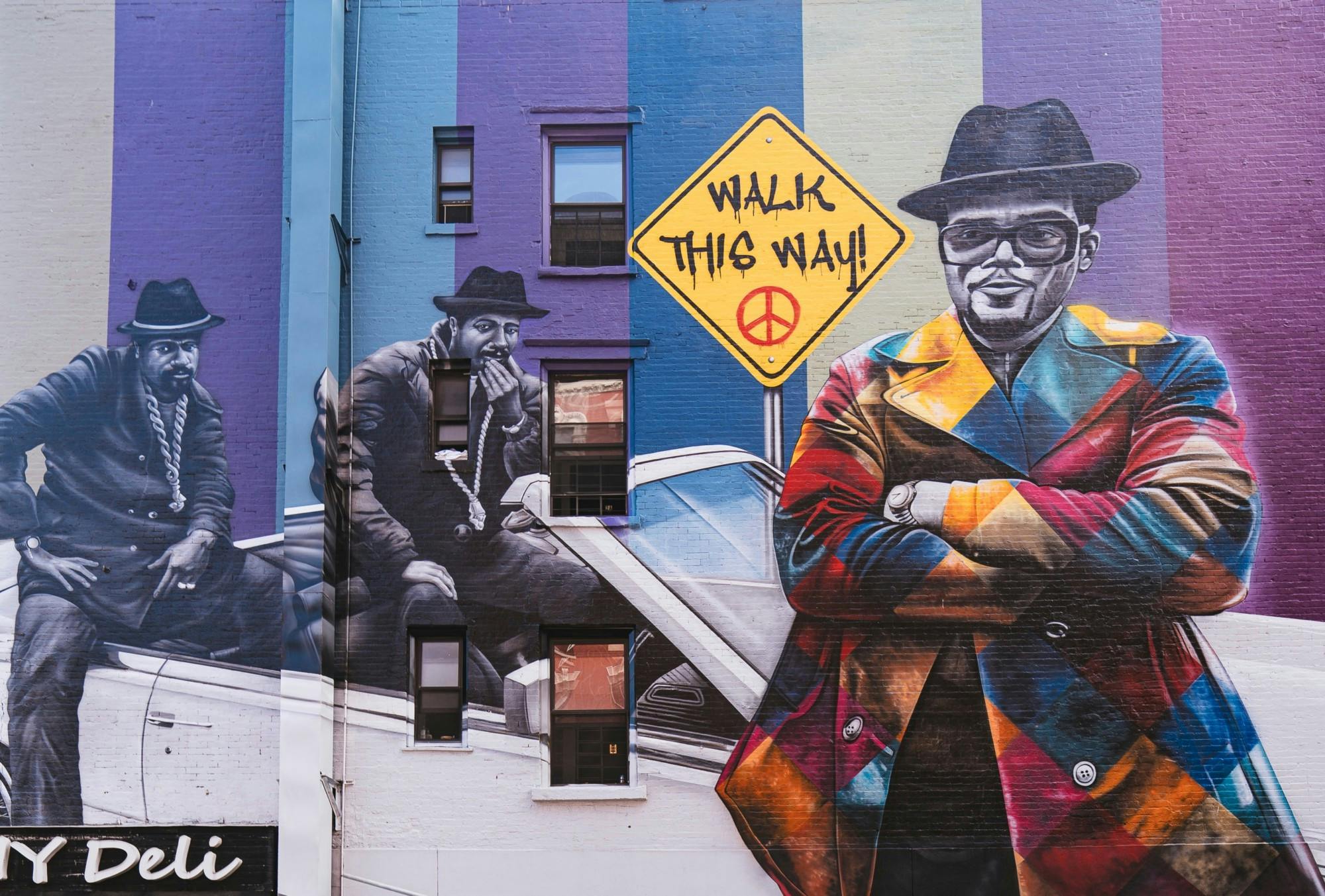The year has barely begun, and CEOs are already finding themselves front and center in eye-popping ways. Leaders at Victoria’s Secret, Amazon, Boeing, and Away have faced a harsh spotlight on issues ranging from sexual harassment to safety failures.
In this age of digital transparency, chances are that if there are significant grievances against a CEO, they will be publicly aired. So when CEO turmoil arises, how can it be turned around? Well, let’s start with those four companies listed above. The culture minefield their CEOs are finding themselves in has been navigated before – and sometimes, the organization’s culture comes out stronger (plus or minus their current leader). Here are the four types of controversies these CEOs are facing now, and what other organizations who’ve faced similar crises might teach them:
1. Show — don’t tell — employees and customers you can trust them again
Accusations of a “culture of misogyny” at Victoria’s Secret eventually led to CEO Leslie Wexner’s resignation and the company’s sale. The new owners can take a lesson from what happened after another Leslie stepped down – CBS’s Les Moonves. After Moonves stepped down in the wake of a widespread sexual harassment scandal that further fueled the #MeToo movement, CBS named three women to a formerly all-male board of directors, appointed its first woman as head of CBS news announced new anti-harassment policies, including requiring HR staff to be present on set at studio productions. CBS publicly and quickly sent a message that past behavior would not be tolerated and that they are serious about making amends—through inclusion in leadership–to a group that had suffered under prior leadership.
2. Heed and respond to criticism
Feeling the heat from climate-impact criticism from his own employees and from the imminent release of a Frontline documentary, Amazon CEO Jeff Bezos announced on Feb. 17 that he’d commit $10 billion of his personal fortune to fight climate change. While his Bezos Earth Fund might be seen as a way to end protests from within Amazon’s ranks and provide cover for Amazon’s dubious distinction as a top carbon emitter, his donation “joins the philanthropic ranks of tech titans like Bill Gates, who has donated over $45 billion through the Bill and Melinda Gates Foundation,” according to Wired. Though he may not be coming to philanthropy as naturally as Bill and Melinda Gates, Bezos has shown he can listen and react to criticism–in a big way.
3. In the wake of tragedy, culture changes may need to be seismic
In the aftermath of two crashes that left 346 people dead, Boeing CEO Dennis Muilenburg stepped down after the company admitted its safety failures with its 737 Max plane. New CEO Dave Calhoun has pledged to make safety a priority and get Max production back on track. To do that, it’s essential to radically change Boeing’s culture to ensure employees feel safe and heard when they give feedback. Such a change happened at pharmaceutical giant Merck in the mid-2000s when its drug Vioxx was linked to thousands of deaths. Healing the company involved quickly paying out a multi-billion dollar settlement, and then taking a “more integrated approach.” CEO Richard Clark told Fortune. Clark stepped in after his predecessor stepped down in the Vioxx scandal, and Clark instinctively knew he needed to overhaul his siloed organization. “From the moment we begin talking about a particular drug franchise, I want researchers, marketers, and manufacturing people sitting in the same room.”
4. Learn the lessons of transparency
Away CEO Steph Korey’s harsh words to employees came back to bite her when TheVerge.com exposed her searing Slack messages to the world. Korey apologized, resigned, and in a sudden twist, un-resigned. While the controversy didn’t seem to dent Away’s sales, the takeaway here is that what was transparent before, could become transparent again. Nike founder Phil Knight took the lessons of transparency to heart when the athletic shoemaker was accused of being complicit in the mistreatment of employees overseas. Nike’s sales and reputation took a big hit, but Knight helped rebuild consumer trust with a consistent and transparent program to monitor work conditions overseas.
When you look at some of the strategies for getting a company and its leadership out of hot water (HR on the set all the time? Research working with marketing AND manufacturing on the first day of drug development? A $10 billion donation?) they may look outlandish until a CEO demands these changes. Then suddenly, it happens. There is no doubt that when leadership wants to put an end to a set of behaviors, they can do it. Perhaps the big lesson CEOs under fire can learn is not to be the last to know what’s going on. And that can be hard in a large, dispersed company. CEOs’ time is so protected, and the pressure to please them is so great, that it’s no surprise they sometimes don’t see the smoke until the company is completely on fire (and sometimes CEOs have no idea what fires their own actions can ignite).
Before the fire begins
So, ultimately, if CEOs want to nip controversy in the bud, what they need to do is make it normal for someone to bring bad news–even the suspicion of bad news–to the top office. Especially if that bad news points to the top. Inviting those naysayers in and listening to them, diving into the company’s latest culture assessment, reading summaries of Glassdoor reviews: all of these and more can help CEOs avoid becoming a target, but only CEOs quickly and loudly make themselves more available when trouble first takes hold.
